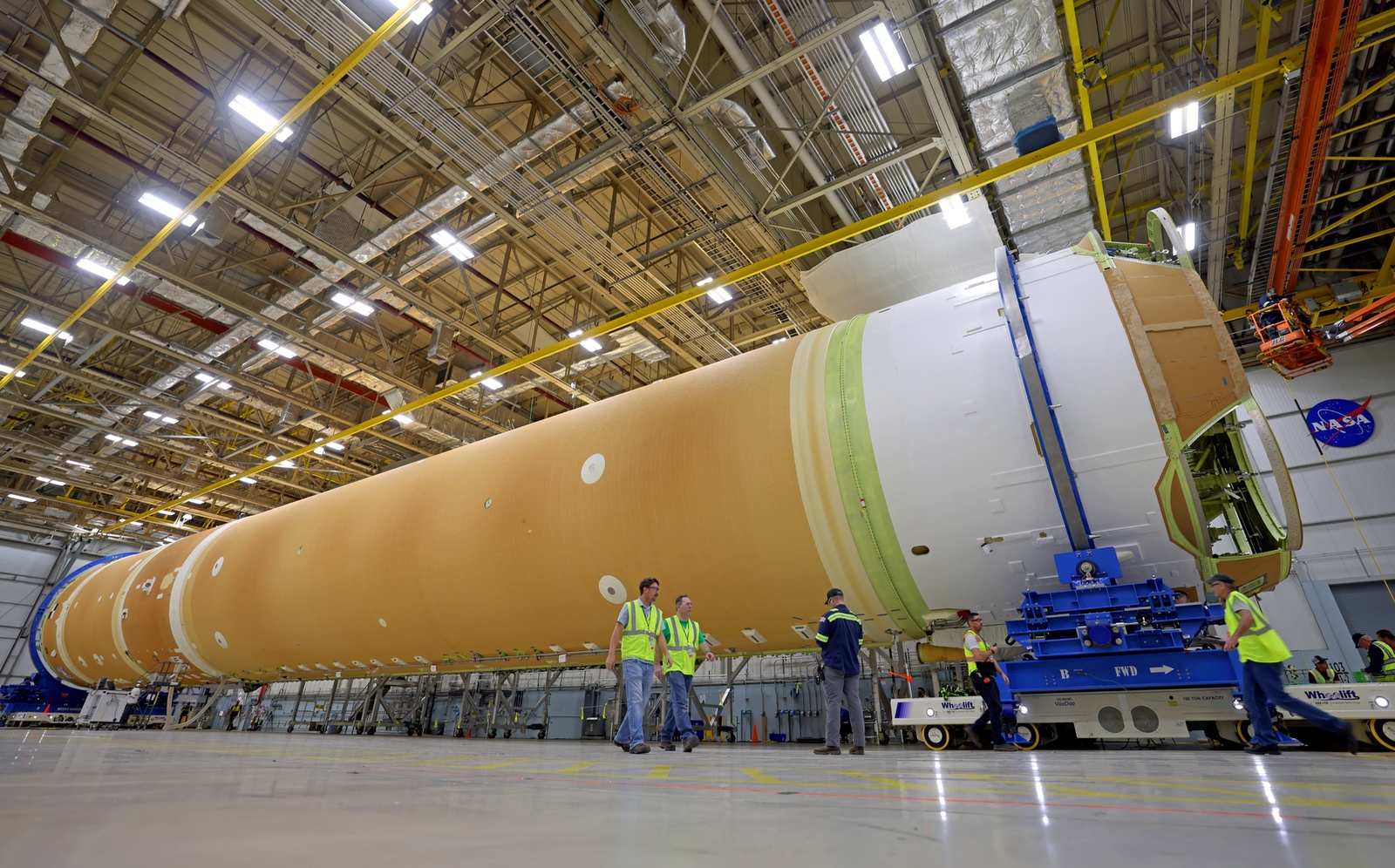Products You May Like
HOUSTON — As preparations for the Artemis 2 mission ramp up, NASA has established a congressionally mandated office to oversee planning for that and future missions to the moon.
NASA announced March 30 it had created the Moon to Mars Program Office within the Exploration Systems Development Mission Directorate. The office will focus on integrating the various programs underway as part of the Artemis lunar exploration campaign, from Orion and the Space Launch System to the Gateway, lunar landers and spacesuits.
Congress directed NASA to establish the office in a NASA authorization enacted last year as part of the CHIPS and Science Act. It stemmed from concerns within Congress and among NASA advisers that there was no single person overseeing all the programs that made up Artemis.
The office is led by Amit Kshatriya, previously acting deputy associate administrator for common exploration systems development. “It’s important to know what it is and it’s important to know what it isn’t,” he said of the new position in an interview at the Johnson Space Center after the Artemis 2 crew announcement April 3.
The managers of the various programs, he explained, are still doing the same jobs. “This is primarily a realignment of the roles and responsibilities at headquarters,” he said. That work was already underway before the passage of the authorization act to ensure “consistent integration” among the programs. “What we’re hoping to achieve is accelerate a little bit that headquarters reorganization and eliminate some duplication of effort in certain areas.”
“I think what it really allows us to do is have that single focal point that’s worried about our near-term missions,” Jim Free, NASA associate administrator for exploration systems development, said of the office in an interview. “I’ve really tried to focus that office to say that your job is to work on [Artemis] 2 through 5.”
That role, he noted, had been his responsibility before creating the office. “I think it gives us that single point that everybody can go to,” he said. “He can track and worry about those missions every day.”
Kshatriya said his focus “first and foremost” is on Artemis 2. “There are lessons learned from Artemis 1 we have to make sure we incorporate,” he said, as well as completion of the SLS and Orion vehicles and work on ground systems needed for the mission. “The next mission up is 100% my priority, to make sure that none of this realignment that we’re doing impacts that.”
Part of the office’s work, though, it to look ahead. “One of the things we were charged with in the Moon to Mars office was to make sure that the tech developments and the mission modes we’re picking were commensurate with potential future Mars-grade activities,” he said. That ranges from testing closed-loop life support systems to development of the Gateway.
“We’ve been doing that in every investment we’ve been making,” he said, “but tying it together and bringing that to the front of the exploration program in terms of the messaging and the kind of philosophy I think is in front of us still.”
“The way we’ve implemented what Congress had asked us to do I think will turn out to be very good,” Free said.
